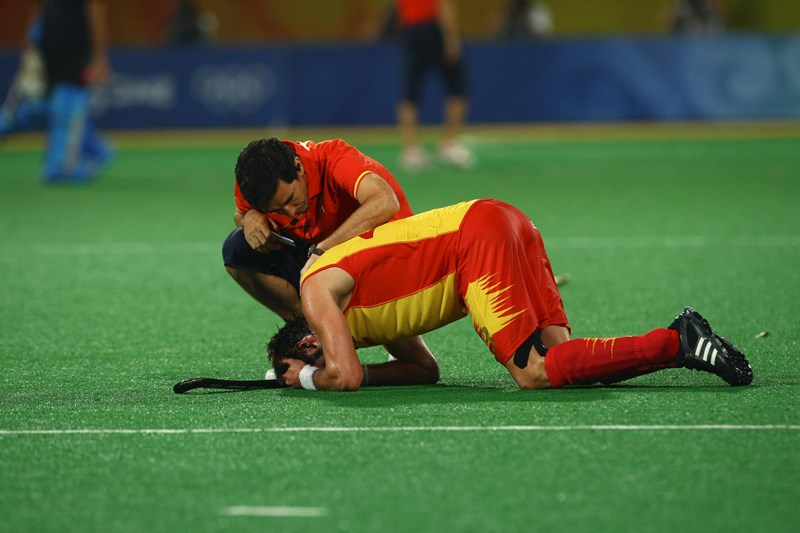Information about a piece of news titled New prospective study with daily MRIs throughout the first week after acute hamstring injury
New prospective study with daily MRIs throughout the first week after acute hamstring injury
Intoduction
A new study showed that MRI appearance does not change throughout the first week after an acute hamstring injury. The study was performed at Aspetar Orthopaedic and Sports Medicine Hospital in Doha, Qatar, led by PhD-student at the OSTRC, Arnlaug Wangensteen.

When should MRI be performed?
The use of MRI as a diagnostic and prognostic tool after acute hamstring injuries have increased extensively.
However, there are still unanswered questions about its usage and value. For example, the optimal timing of MRI is unknown and recommendations vary with time frames suggested between 24-48 hours and 1-5 days after injury.
The aim of this clinical study was therefore to investigate the day-to-day changes of MRI features, such as extent of oedema and extent and optimal timing of fibre disruption (tear), throughout the first week after acute hamstring injuries
Daily MRIs
Male athletes with acute hamstring injury were recruited between January 2014 and December 2015. If standardised MRI ≤1 day showed positive signs of injury, consecutive MRIs were obtained daily throughout the subsequent week, i.e. the athletes met for daily MRIs 7 times after the injury.
No significant day-to-day changes
Out of 13 included, 12 athletes completed the study; 11 had 7 MRI scans each and one had 5 MRI scans. There were no significant day-to-day changes for any of the extent of oedema measures. Fibre disruption, present in 5 of the athletes, was detectable from day 1, with small and insignificant day-to-day changes.
MRI can be done each day throughout the first week
Despite relatively small sample, this is the first clinical study investigating daily MRI changes after acute muscle injury. Based on their results, the authors suggest that MRI can be performed on each day throughout the first week following an acute hamstring injury with equivalent findings. Consequently, these findings will give the medical staff more flexibility in the timing of the MRI (if indicated) without sacrificing its accuracy.
The research team besides Arnlaug consisted of Roald Bahr, Robbart Van Linschoten, Emad Almusa, Rodney Whiteley, Erik Witvrouw and Johannes L. Tol. The study was executed with major contribution from the staff at the Medical Imaging Department at Aspetar, to which the authors direct special thanks.

